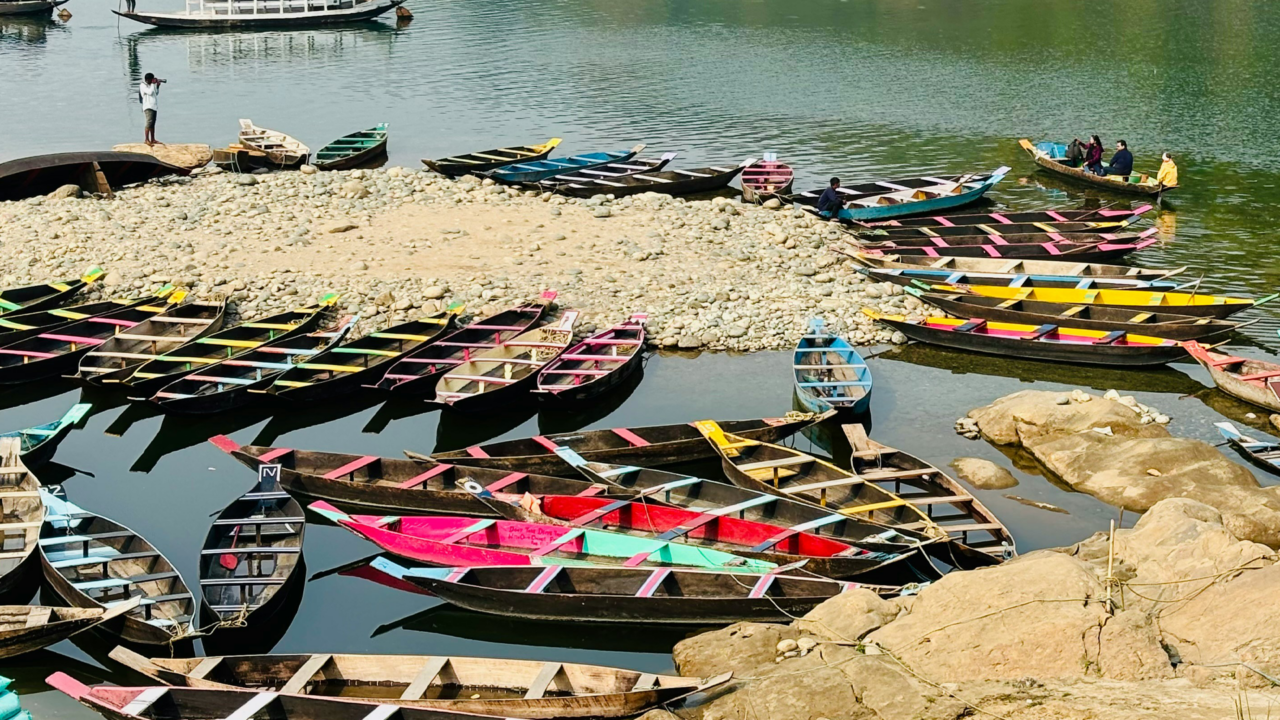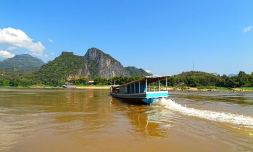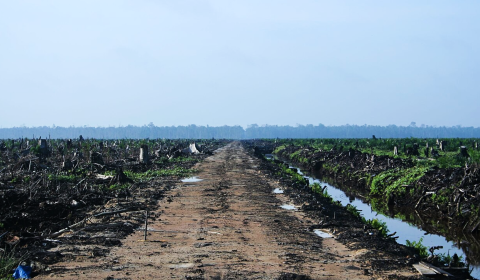India’s rivers are facing an alarming crisis due to rampant and often illegal sand mining, which is threatening the survival of endangered species and disrupting the delicate ecological balance of these vital waterways.
Sand has become a precious commodity in India due to the burgeoning construction industry’s insatiable demand.
This has led to an alarming rise in sandmining operations, both legal and illegal, across India’s rivers, particularly in the Gangetic plains. The extraction rates in many rivers, such as the Chambal, Son, Betwa, and Ken, far exceed the natural replenishment rates, posing a severe threat to the ecosystems and the species that depend on them.
According to a study by the United Nations Environment Programme (UNEP), India is among the top five sand-extracting nations globally, with an estimated annual extraction rate of over 500 million tons.
This staggering figure highlights the immense pressure exerted on the country’s riverine systems, which serve as vital sources of sand for the construction sector.
Ecological devastation and loss of biodiversity
The indiscriminate sand mining practices are wreaking havoc on the delicate riverine habitats, destroying the nesting and breeding grounds of endangered species like the gharial crocodile, freshwater turtles, otters, river dolphins, and waterbirds.
Even in protected areas like the National Chambal Sanctuary, designated as a gharial sanctuary, significant portions of the nesting habitat have been lost to illegal mining operations.
The Chambal River, once a haven for diverse Gangetic plains fauna, is now facing the devastating consequences of unchecked sandmining.
In a desperate attempt to curb illegal mining, some stretches of the sanctuary have been de-notified, further jeopardizing the survival of the region’s unique wildlife.
Alarmingly, a recent study by the Wildlife Institute of India revealed that nearly 70% of the gharial’s nesting sites in the Chambal have been destroyed due to mining activities.




















